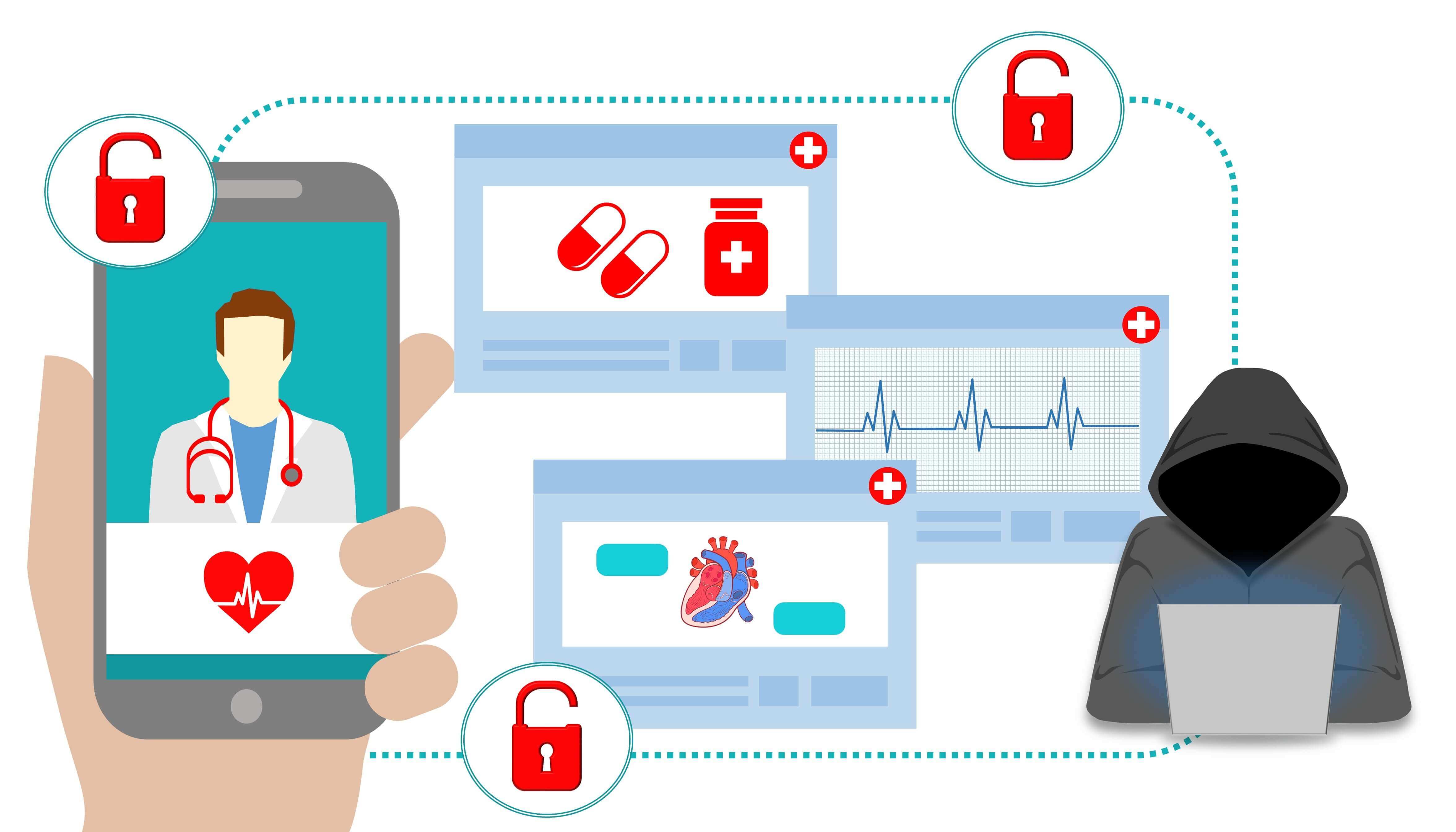
10 Basic Cybersecurity Practices for Your Organization
Cybersecurity has become a major concern for many organizations because of the rapid rise in the number of cybercrimes. It has become very important to nip the security threats in the bud, so they do not transform into major hazards for your organization. In order to avoid security threats, an enterprise should invest in effective cybersecurity solutions. Hiring employees who have done IT security certification is a great way to ensure that your organization is able to follow security practices efficiently. The following are 10 Cybersecurity Practices that can help your organization greatly in evading online threats:
1. Monitor your Valuable Assets with a Keen Eye
People who are brilliant at their jobs and have the best cyber security certifications out there are generally entrusted with the responsibility of the critical security elements in an organization. While well trained users can be assets for your organization, they can also be your biggest risks. Any oversight or corrupt practices done by your major assets can land you in hazardous situations. Always be on your toes, monitor your key employees, and detect unauthorized behavior by verifying user actions at all times.
2. Make Use Of A Formal Information Security Governance Approach
By maintaining a framework that provides assurance of information security, one can strategize and align the security solutions for a business. An ideal method would provide you with the ability to foresee risks, detect and investigate breaches, and respond to the threat in a timely manner.
3. Prevent Data Loss
Entrusting employees for data safety is not the best practice. The reality is that the users steal data. It is crucial that you control access, and monitor everyone who has access to your system, including your employees, contractors, and vendors. You should always know what they are doing with company data at all times in order to prevent data theft.
4. Data Backup To Prevent Data Loss
When an organization gets hit with ransomware, such as Petya or Wannacry, it loses its data during formatting of the system. Hence, it is important to perform a data backup. Making use of cloud environments for data backup is a sound practice.
5. Beware of Social Engineering
Social engineering tactics have been used successfully for a long time to gain login information and access to encrypted files. People can pose as IT technicians and gain access to your important systems. Thwart social engineering attempts from phone, email or other communications and stay one step ahead of the intruders.
6. Use The Principle Of Least Privilege
Do not grant all your new employees full privileges to all tools and software in the organization. Ensure that the new employees have least privileges at the beginning so that they are not able to compromise your system with their malpractices. Once you are familiar with the new employees, you can grant those privileges according to their trustworthiness.
7. Timely Update and Upgrade of Software and Systems
As cyber-criminals have invented new techniques for finding new vulnerabilities in the systems, you need to ensure that the systems on your premises are updated with latest patches for countering the threats. To keep your network protected at all times, perform software and hardware security updates regularly and prevent your organization from security threats.
8. Create an Incident Response Playbook
No matter what your security practices are, there is still a chance that your organization may get breached. If you do get breached, record the incident in a response playbook. You need to have a response plan in place ahead of time, so you can eradicate vulnerabilities and correct the anomalies effectively. Furthermore, it also helps minimize the damage done by potential breaches.
9. Maintain Compliance
Make sure that regulations like HIPAA, PCI DSS and ISO are always followed by your employees who have done information security certification. Staying compliant at all times ensures that your organization stays up to date with the latest guidelines and follows the best practices.
10. Frequently Change Default Passwords for your IoT Devices
Many internet-enabled devices come with pre-set passwords. Make sure that you change these passwords regularly to prevent unauthorized access.
Data Security Certification for a Bright Career
Data security and Compliance certification is vital for IT security in any organization. By following the best practices and hiring people who have done IT certification from reputed institutes like QuickStart can be really beneficial for your organization.
